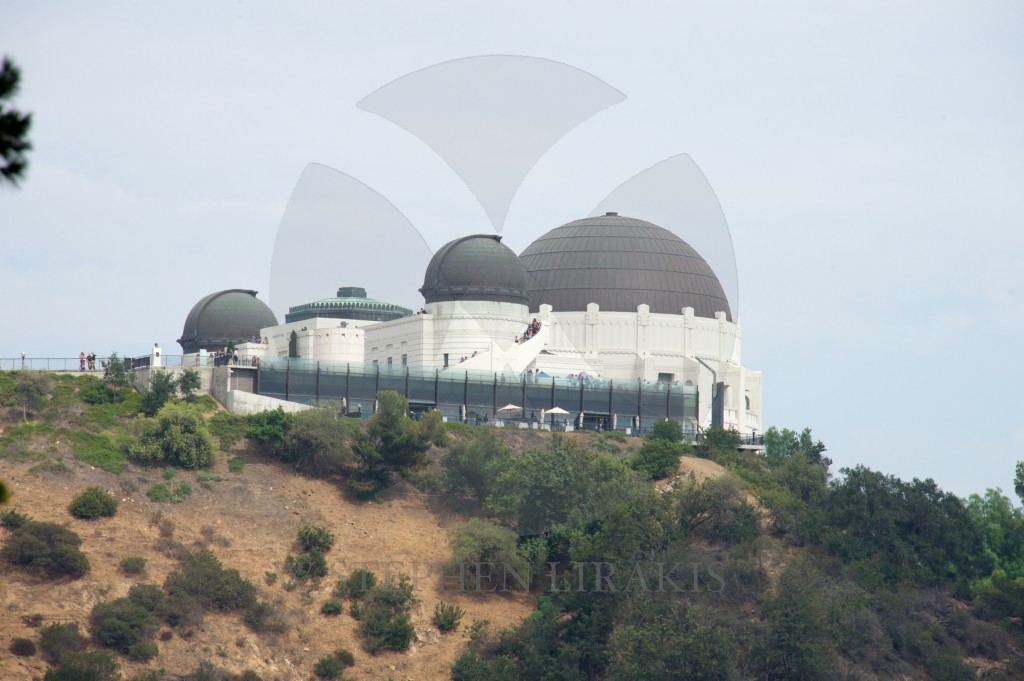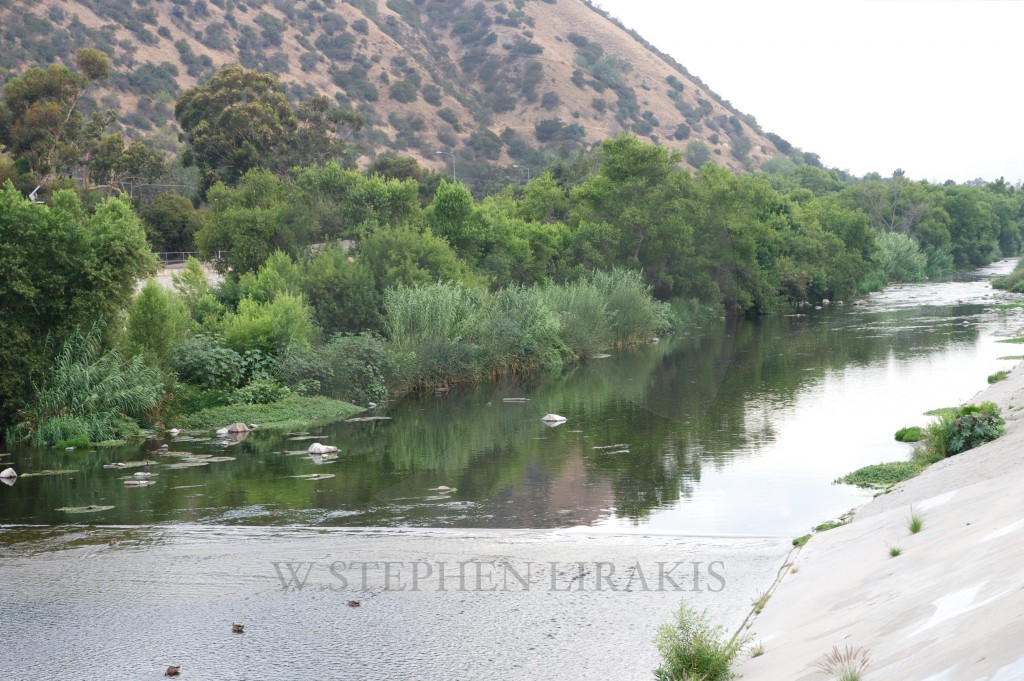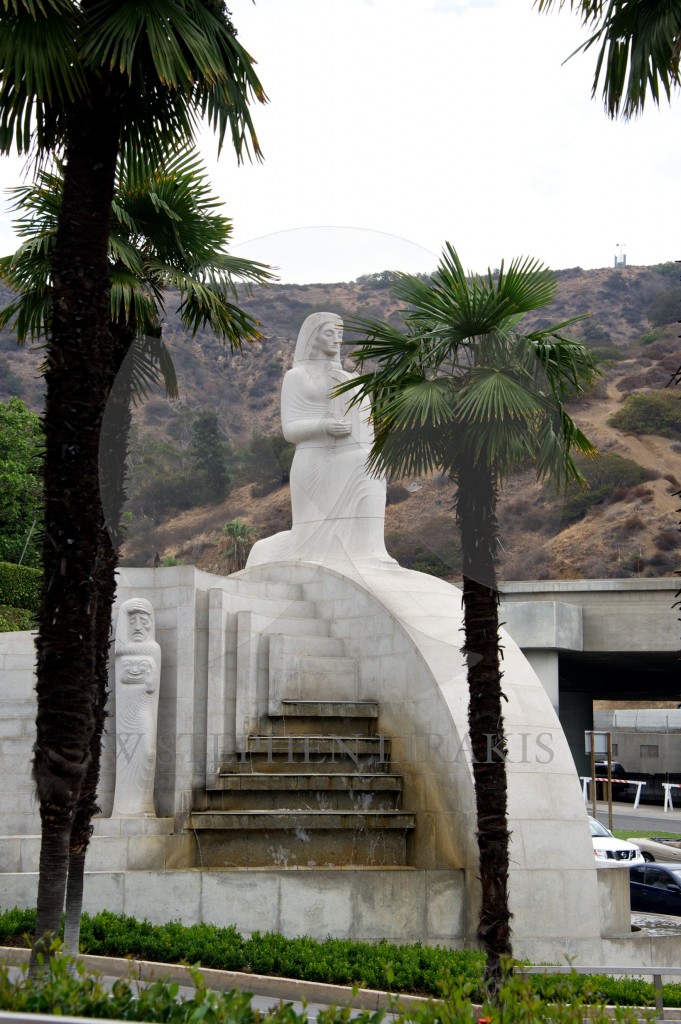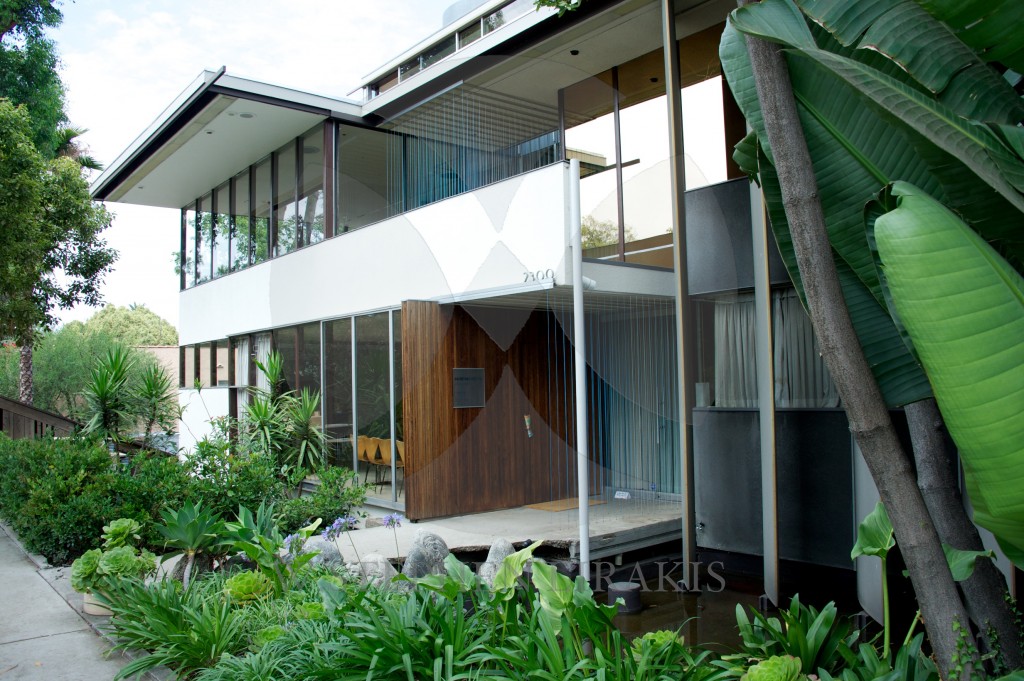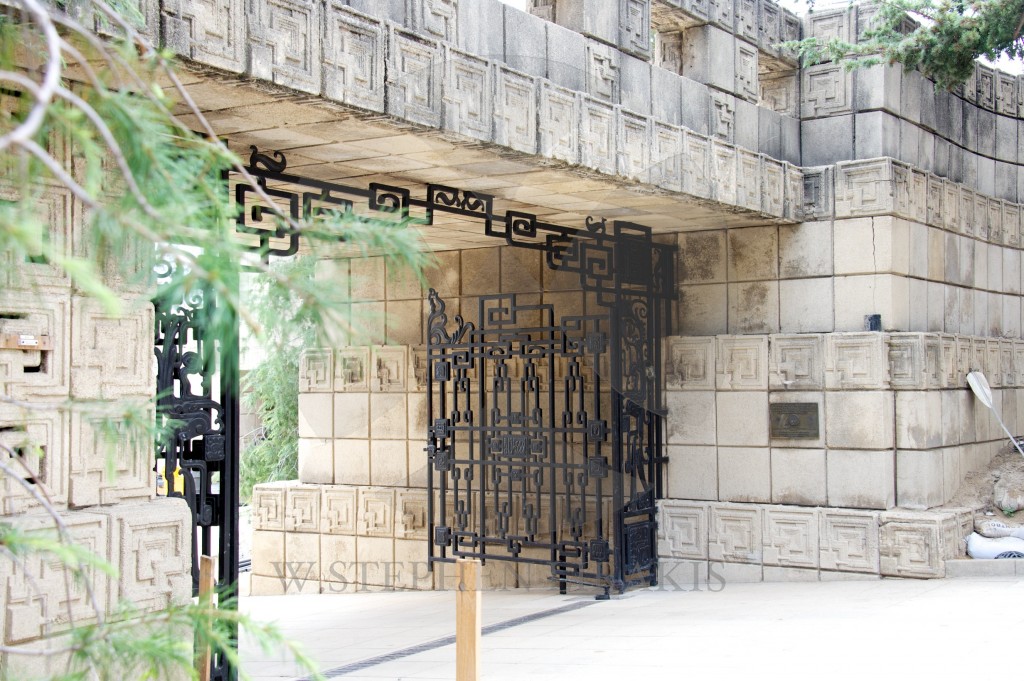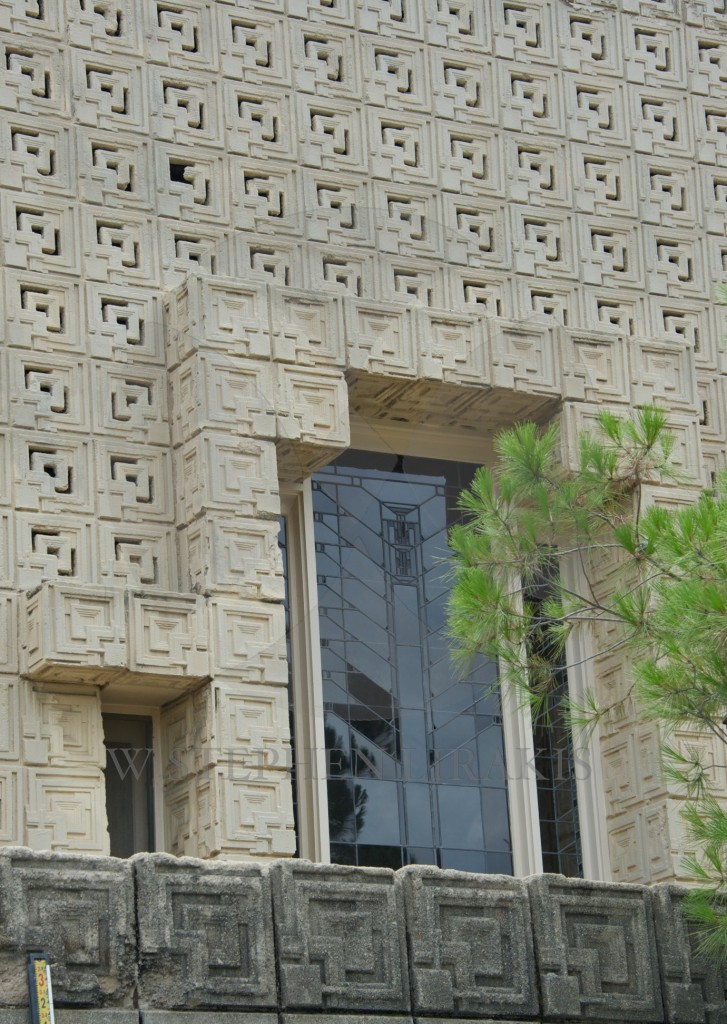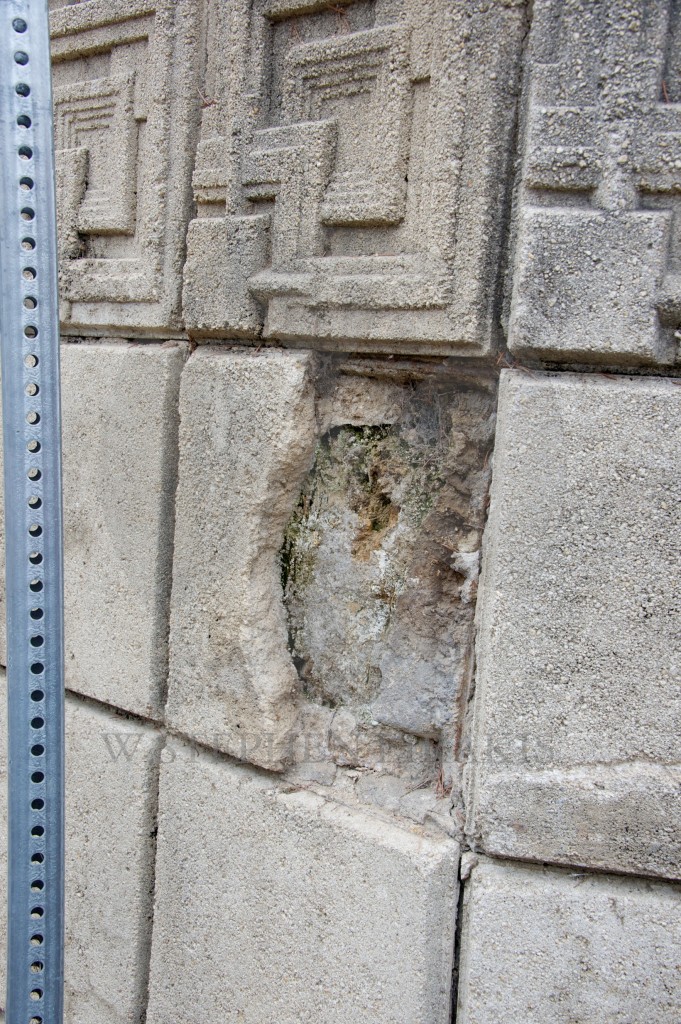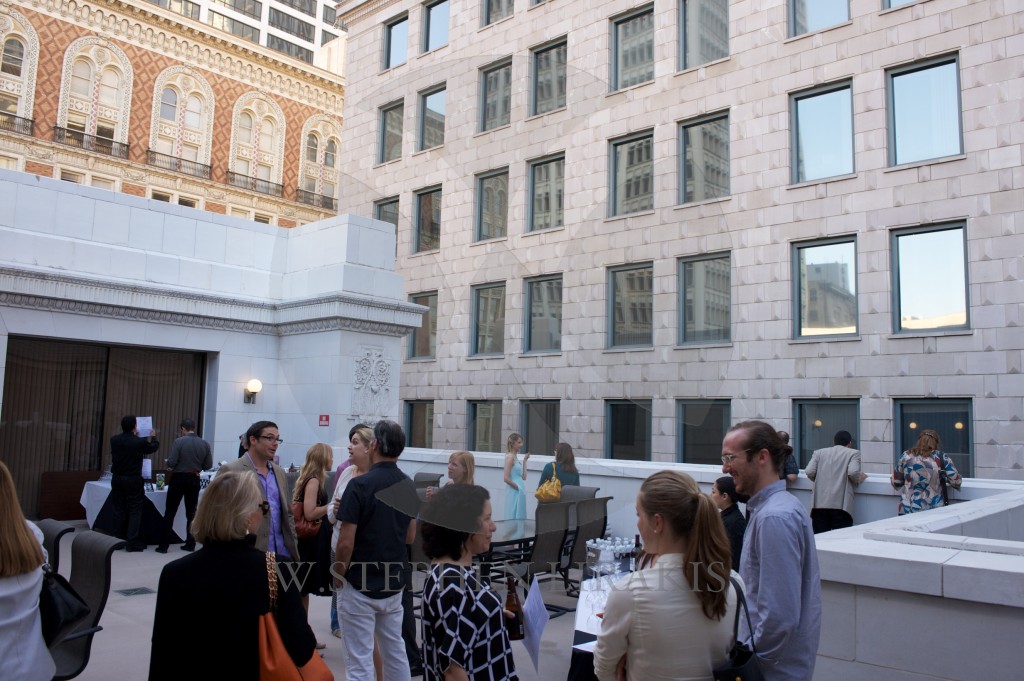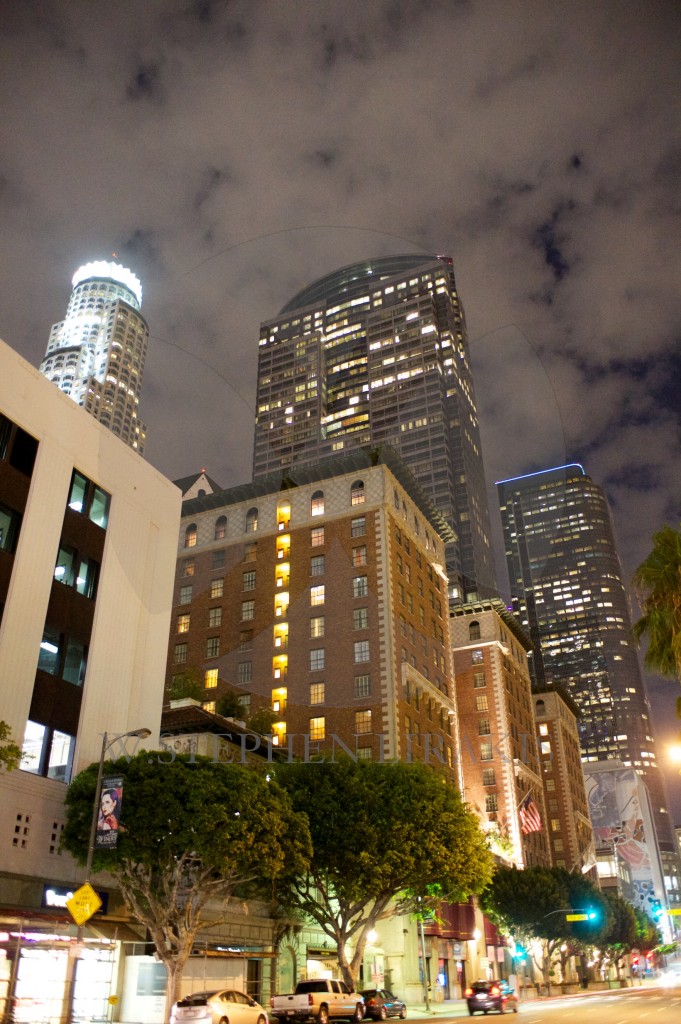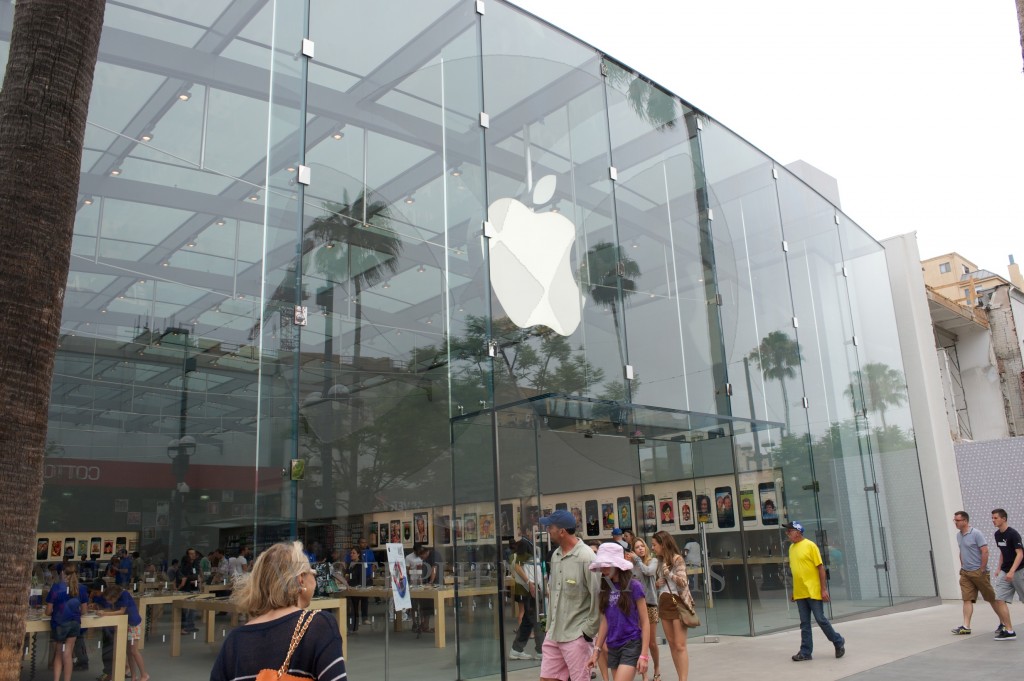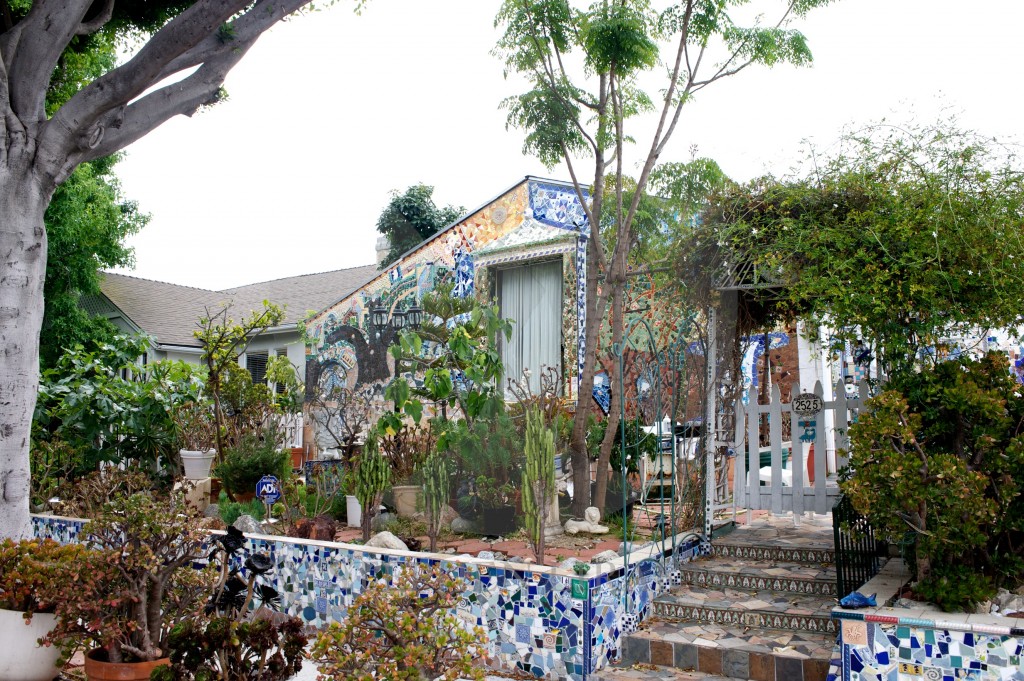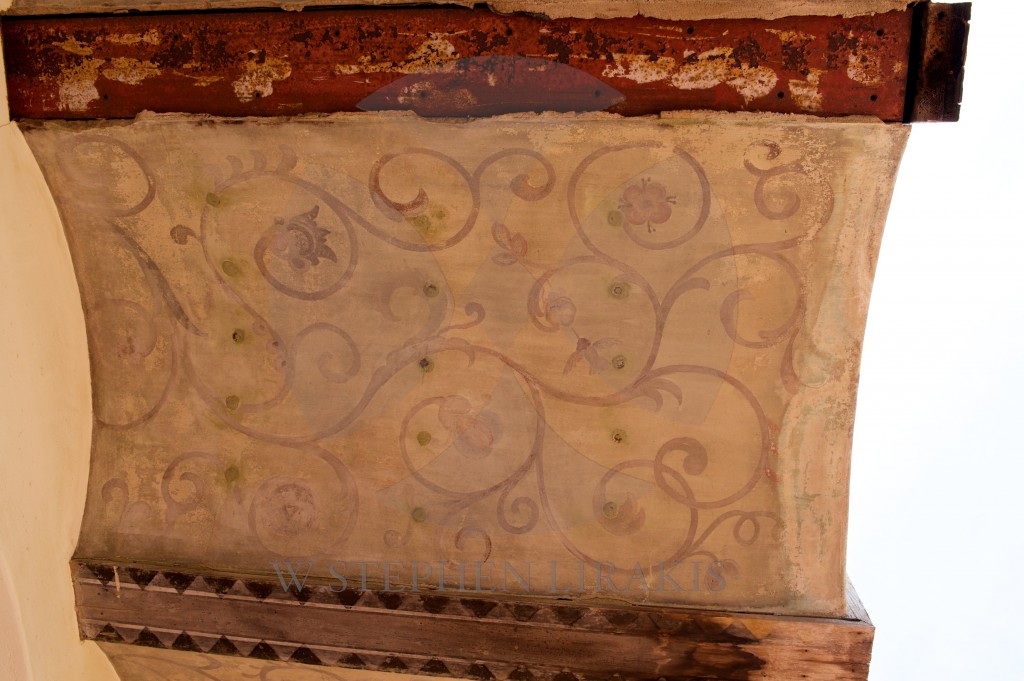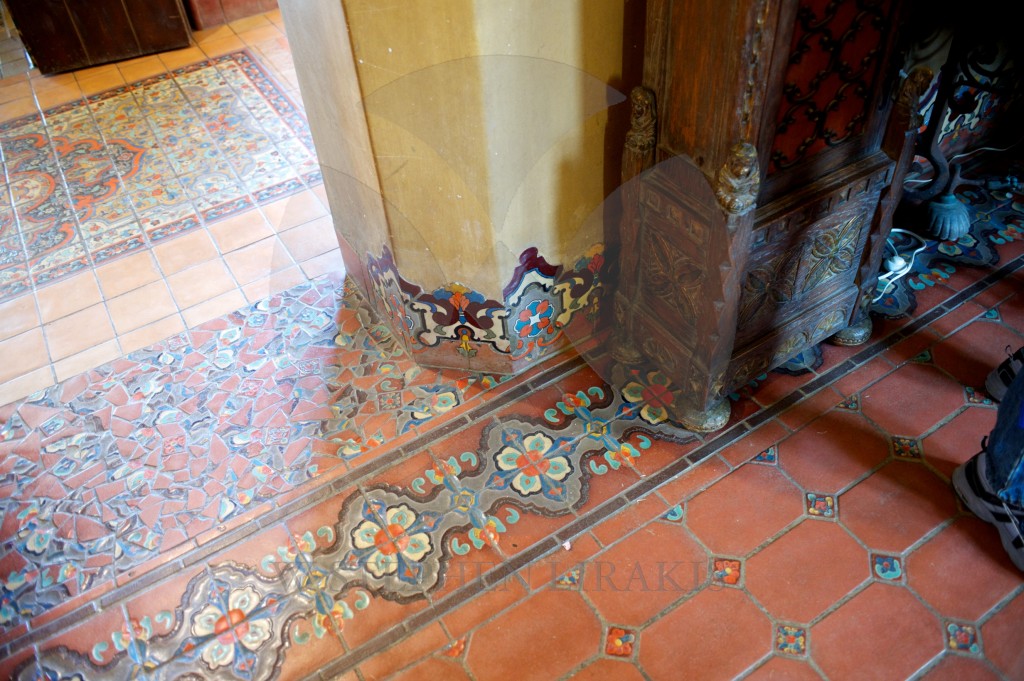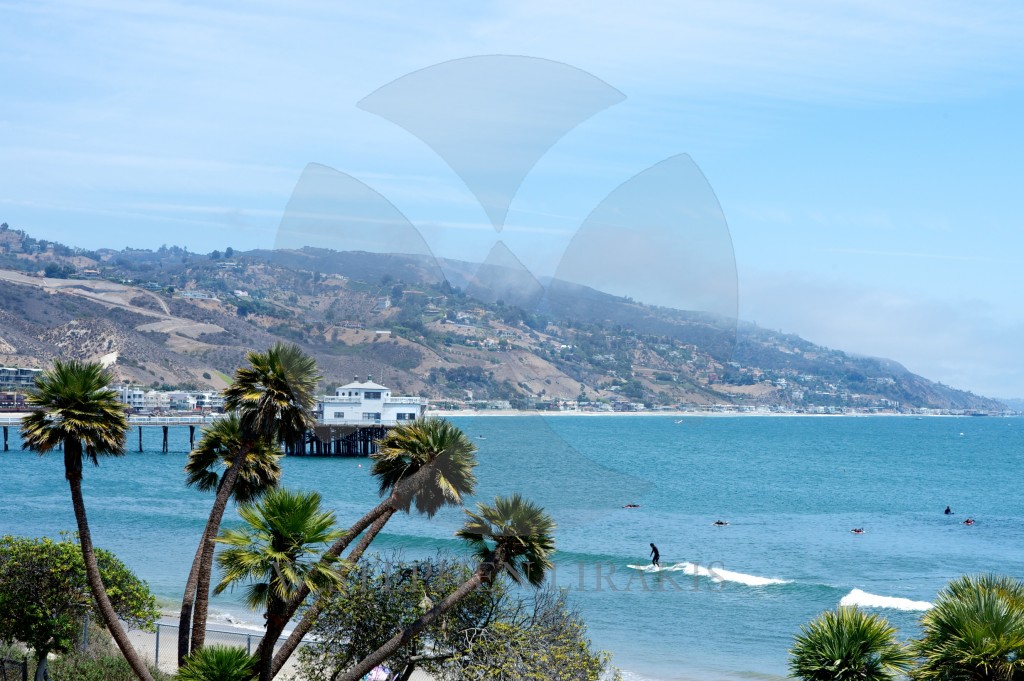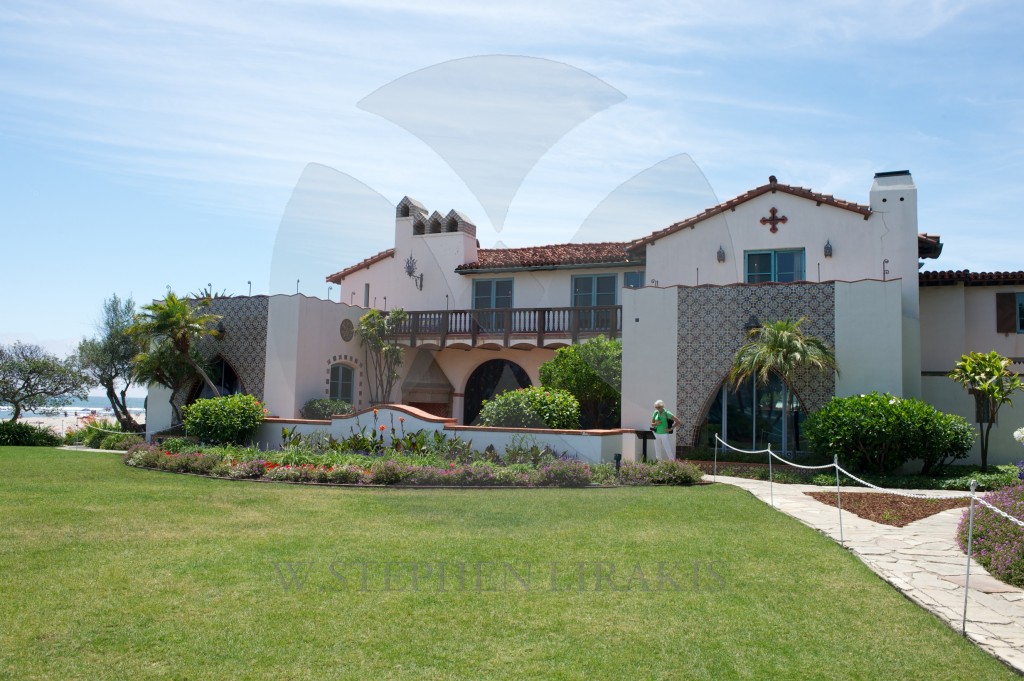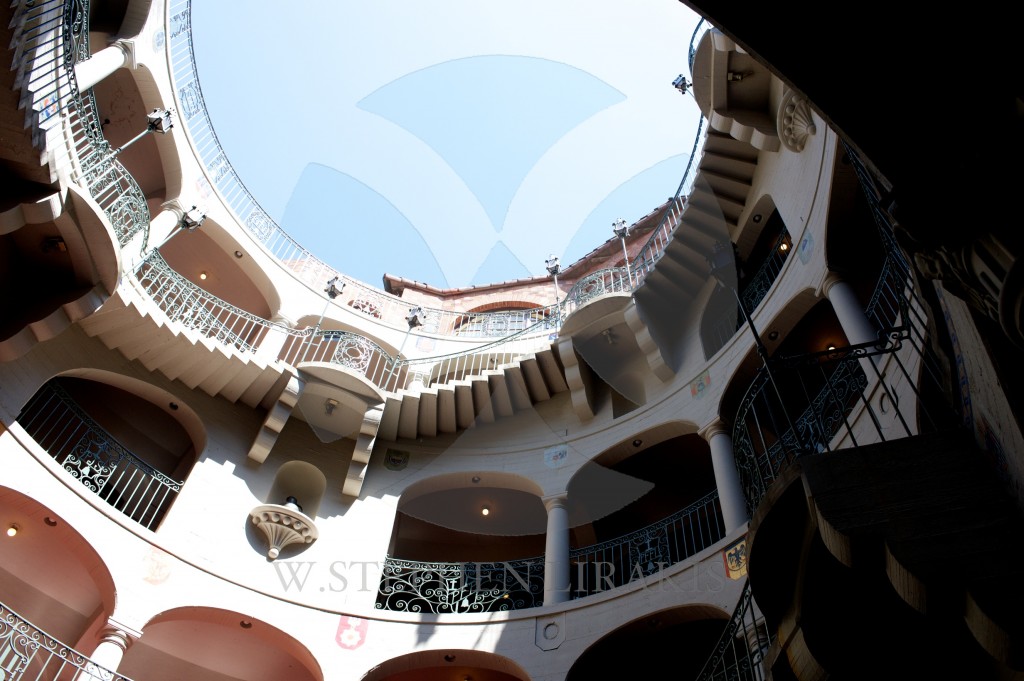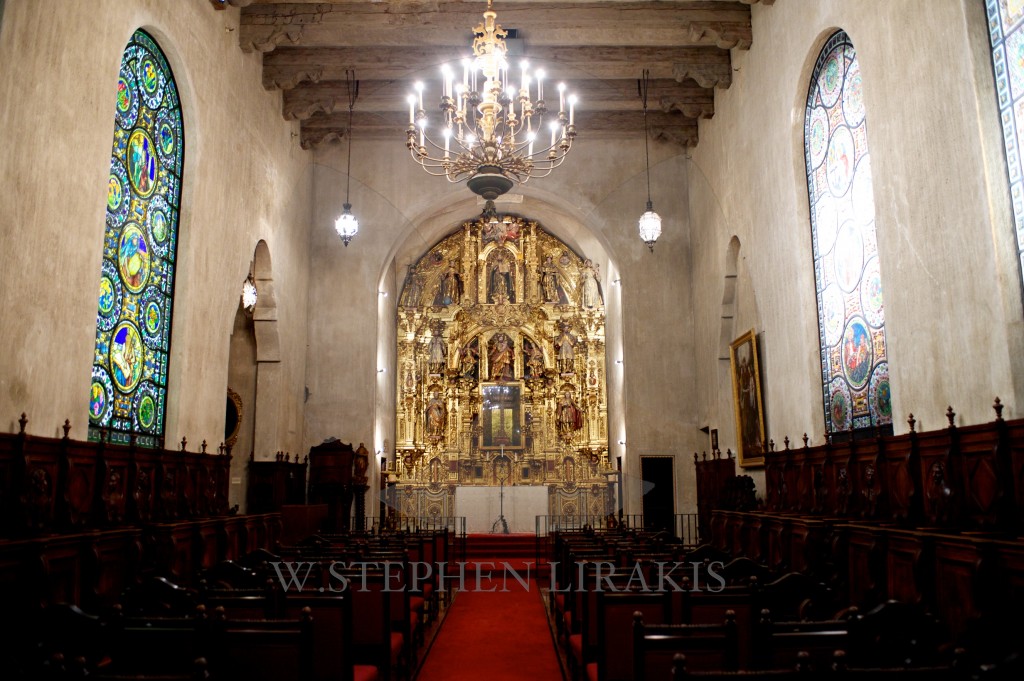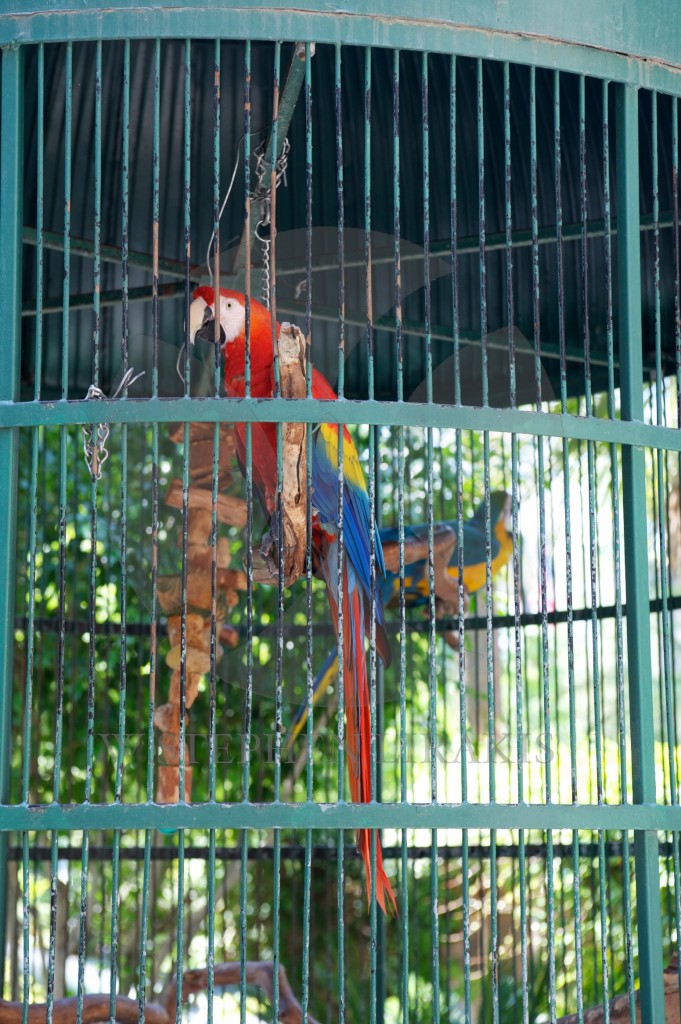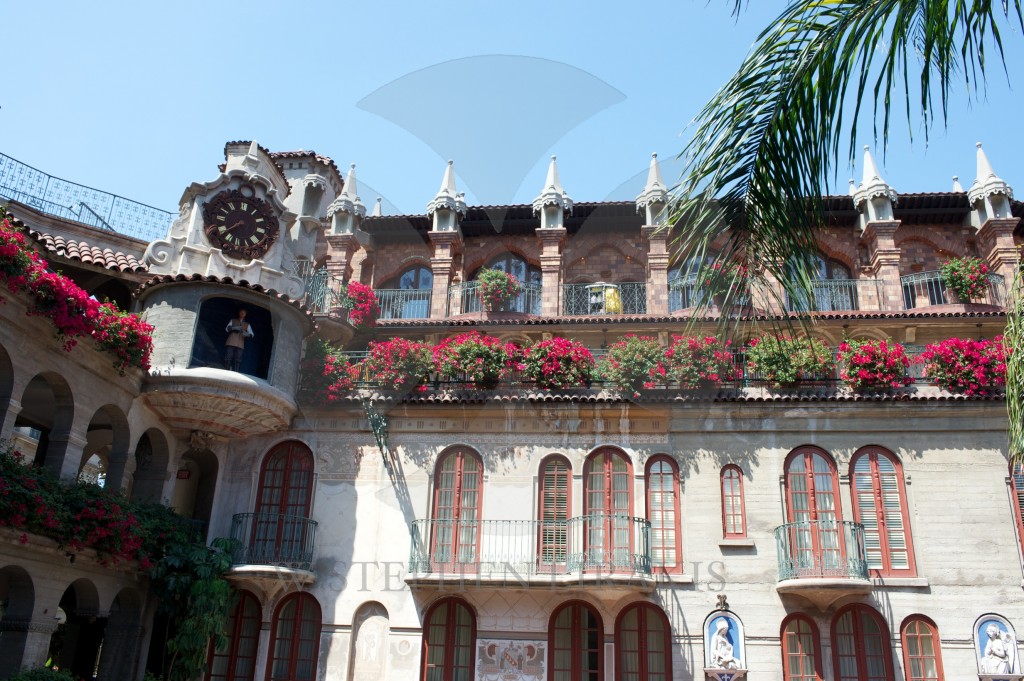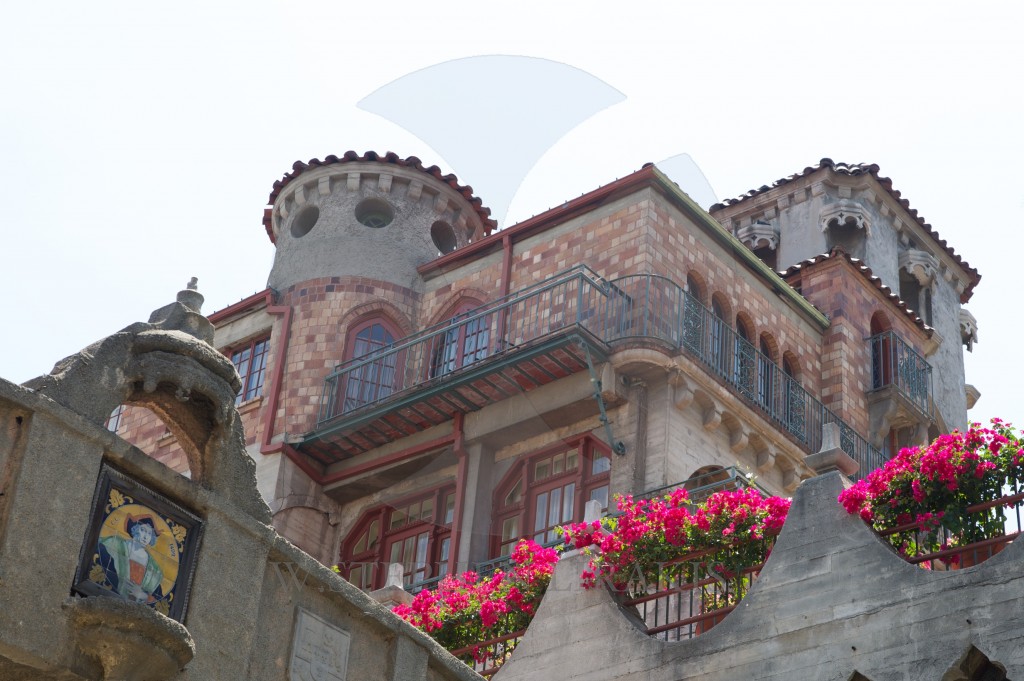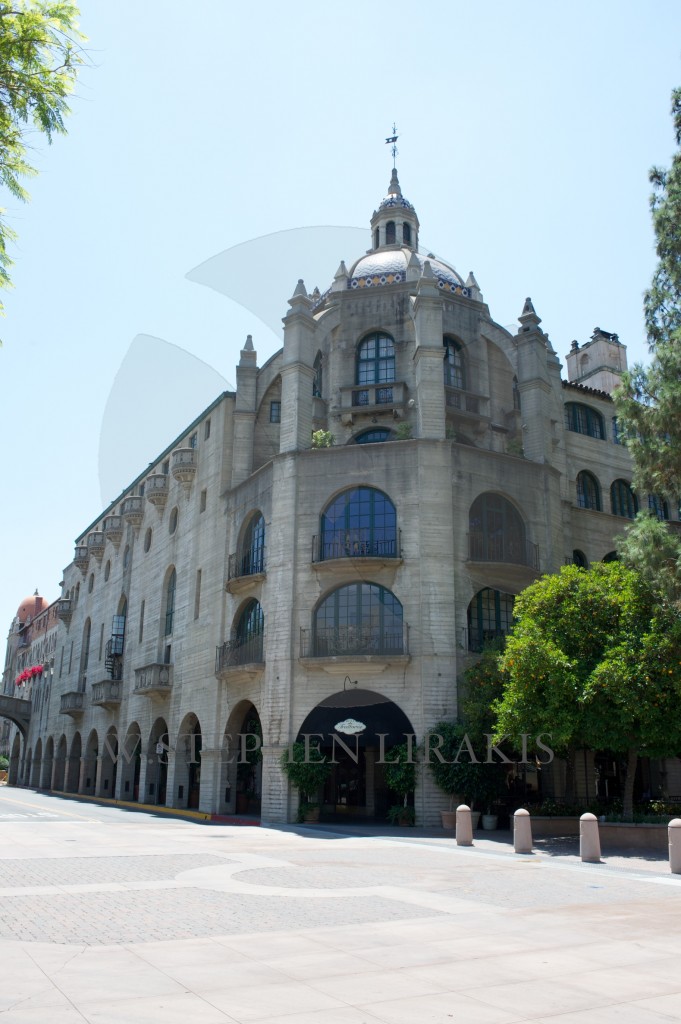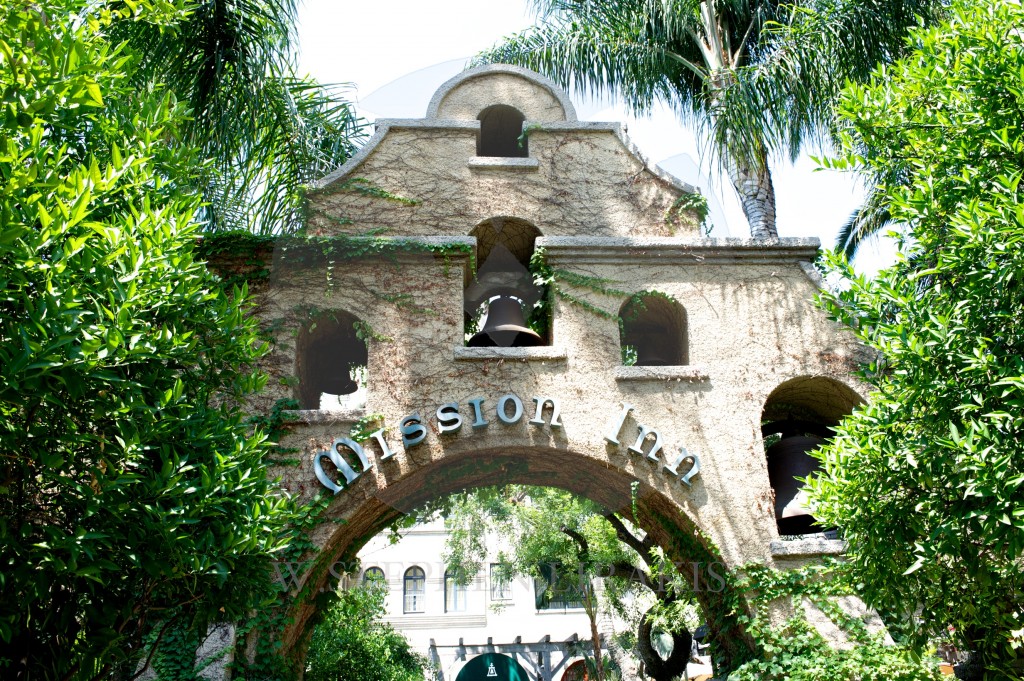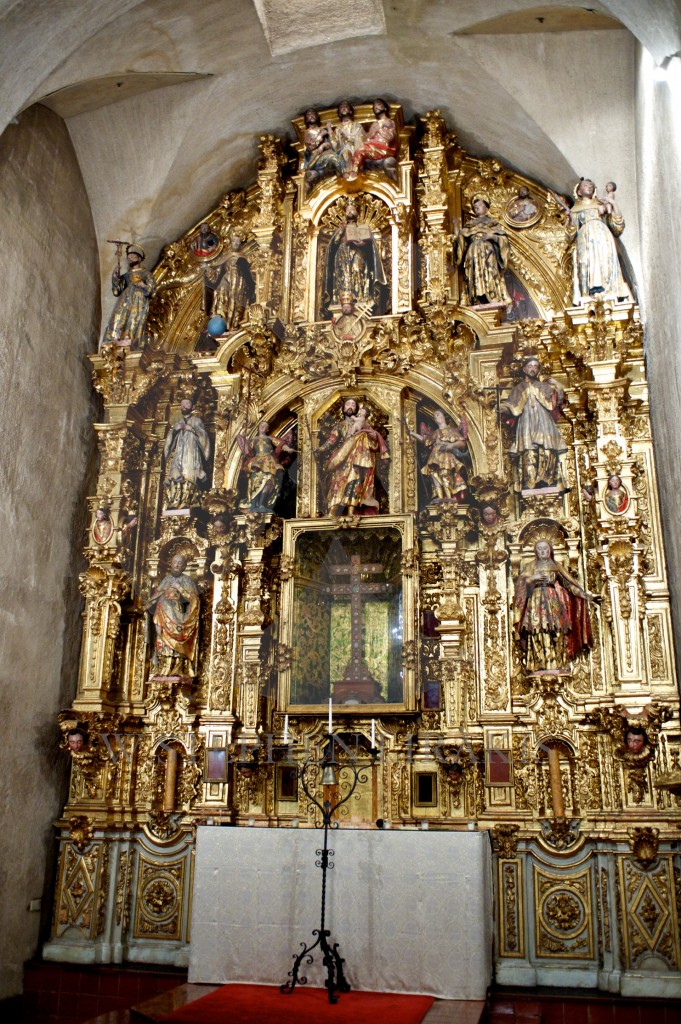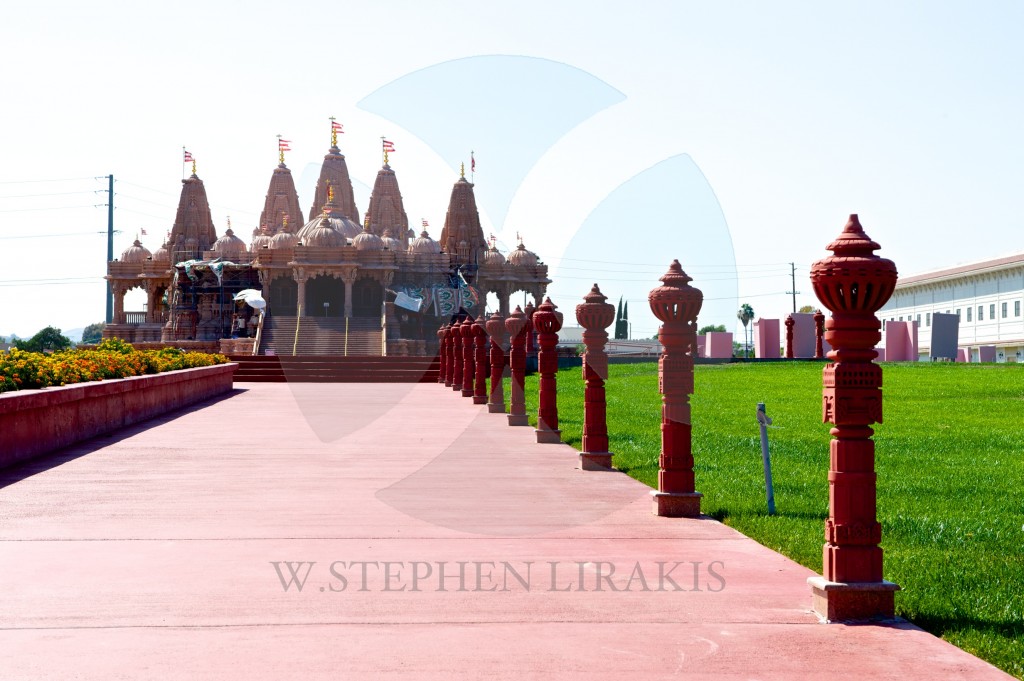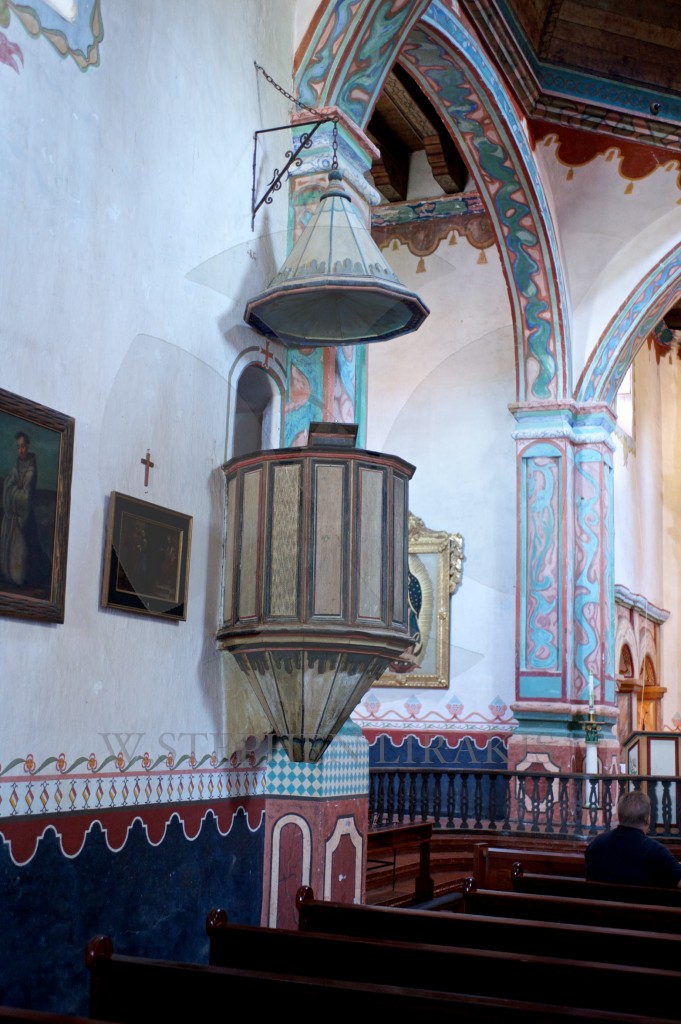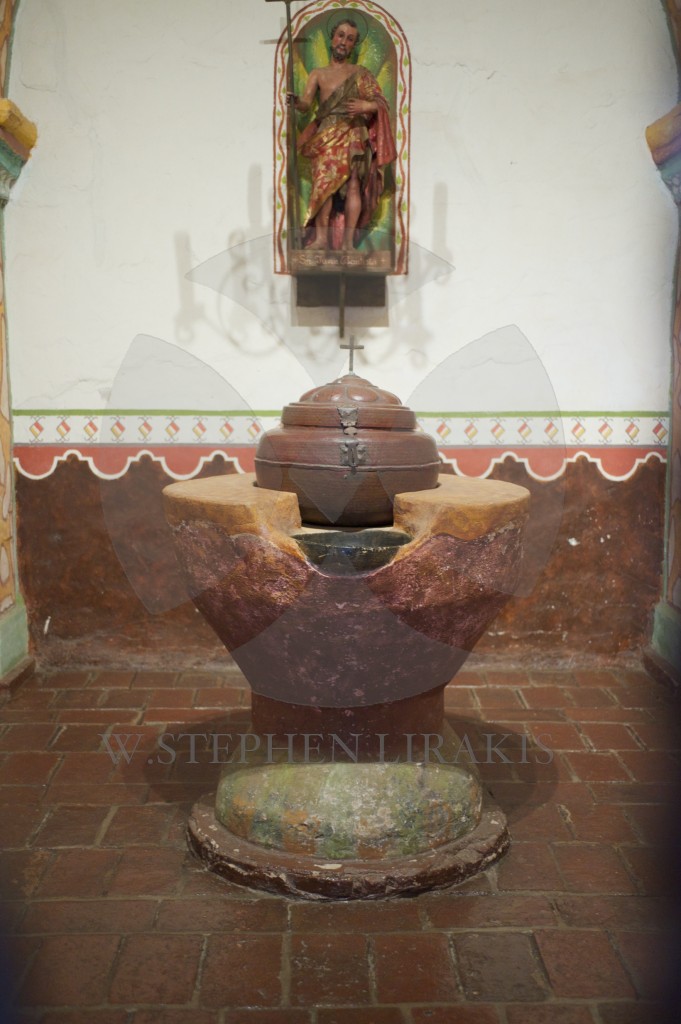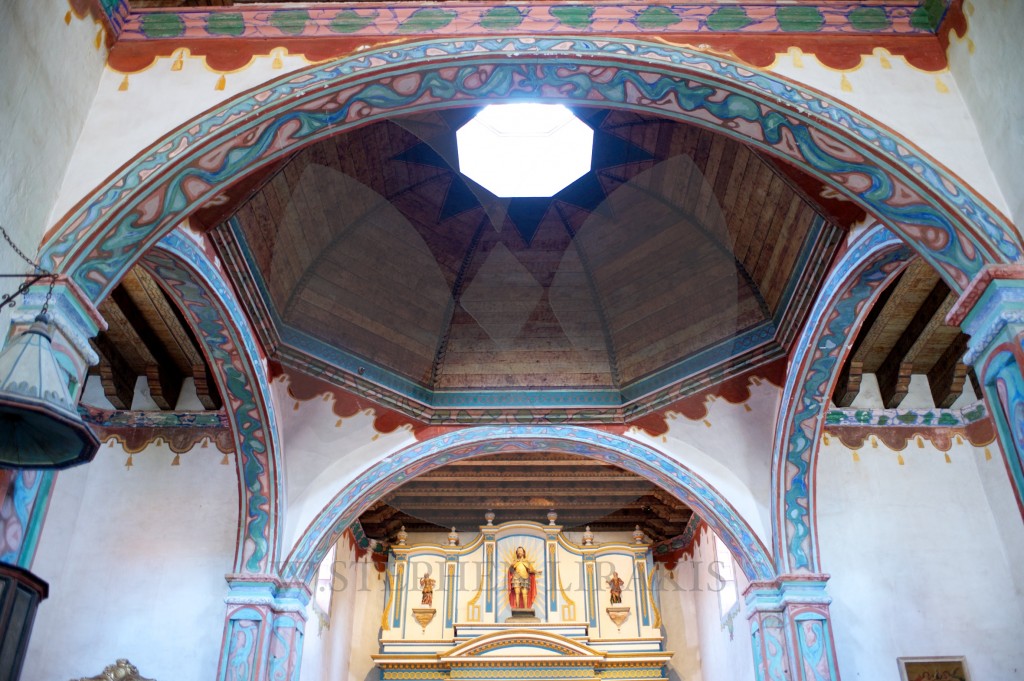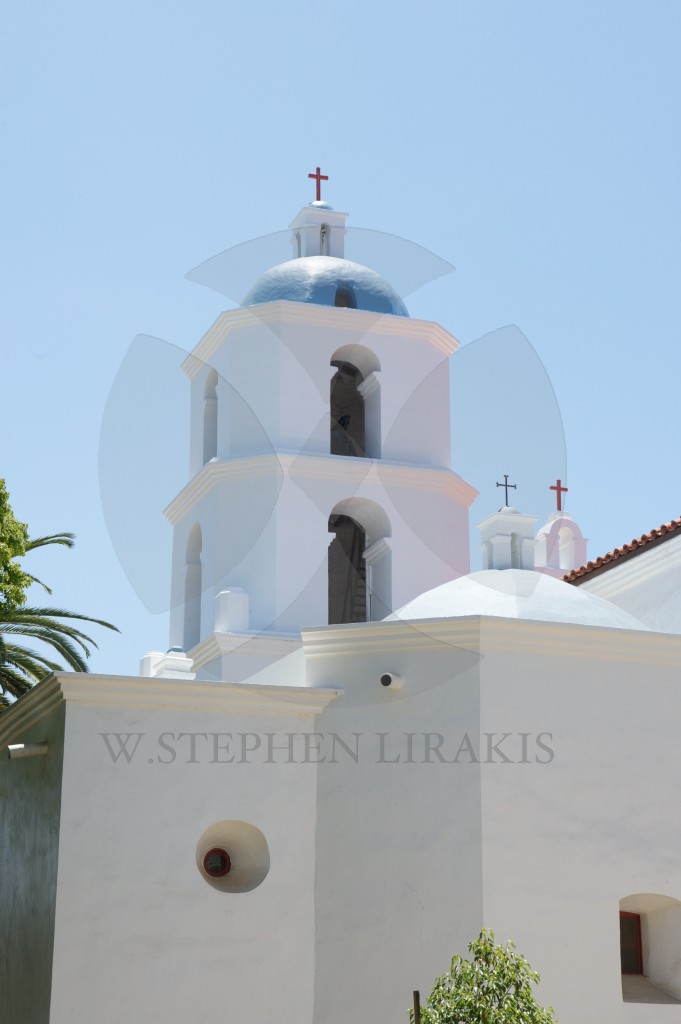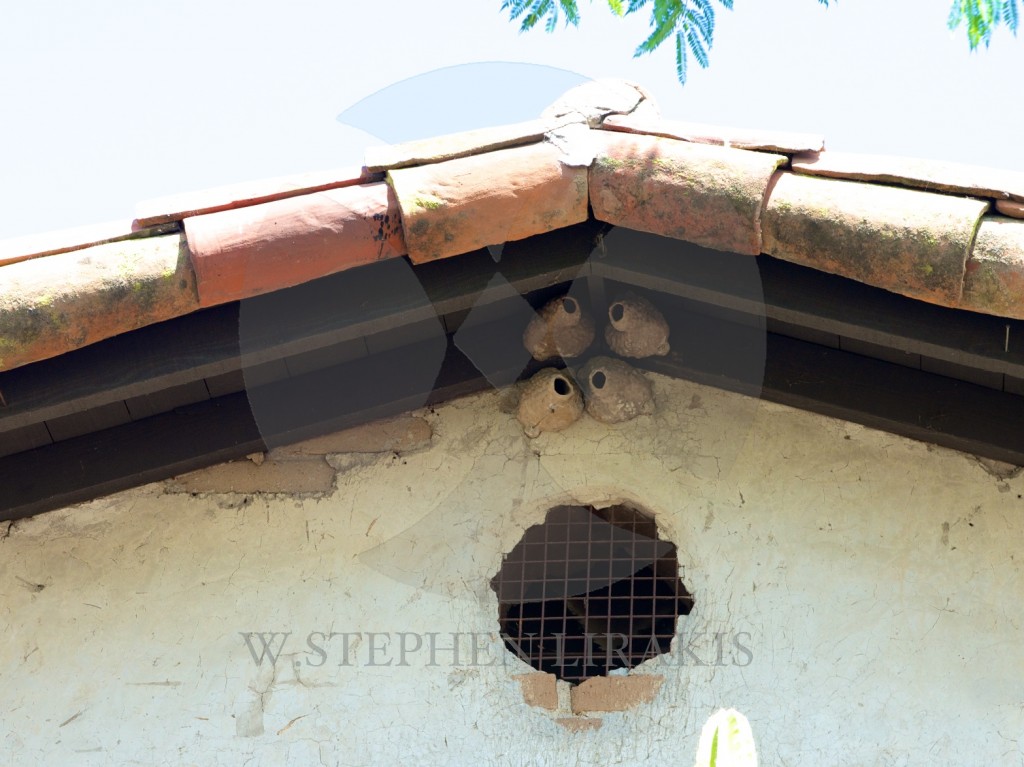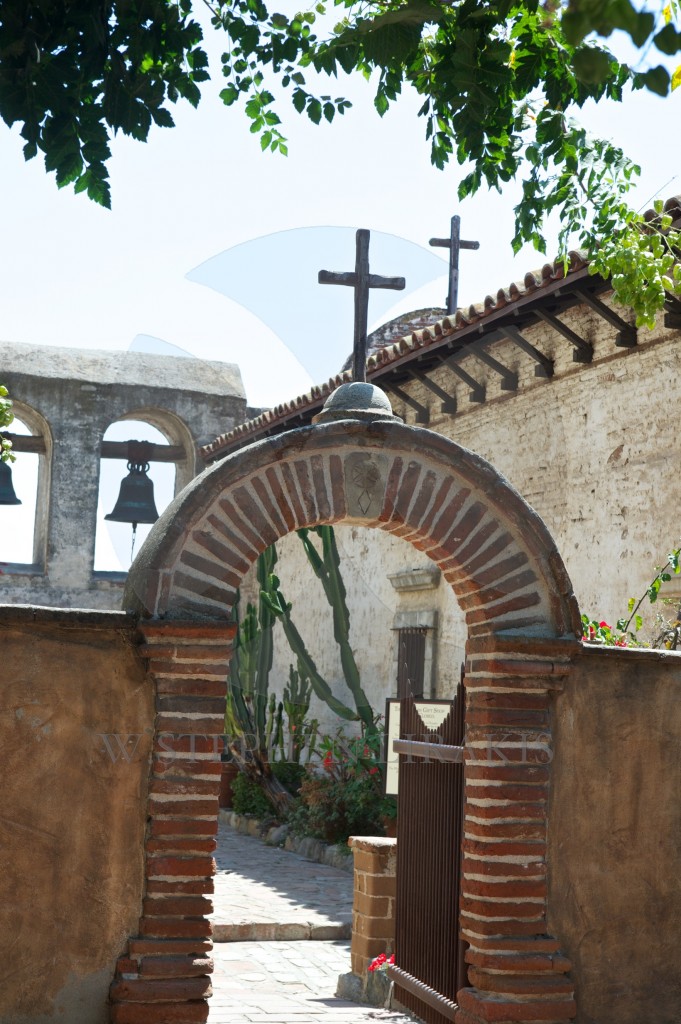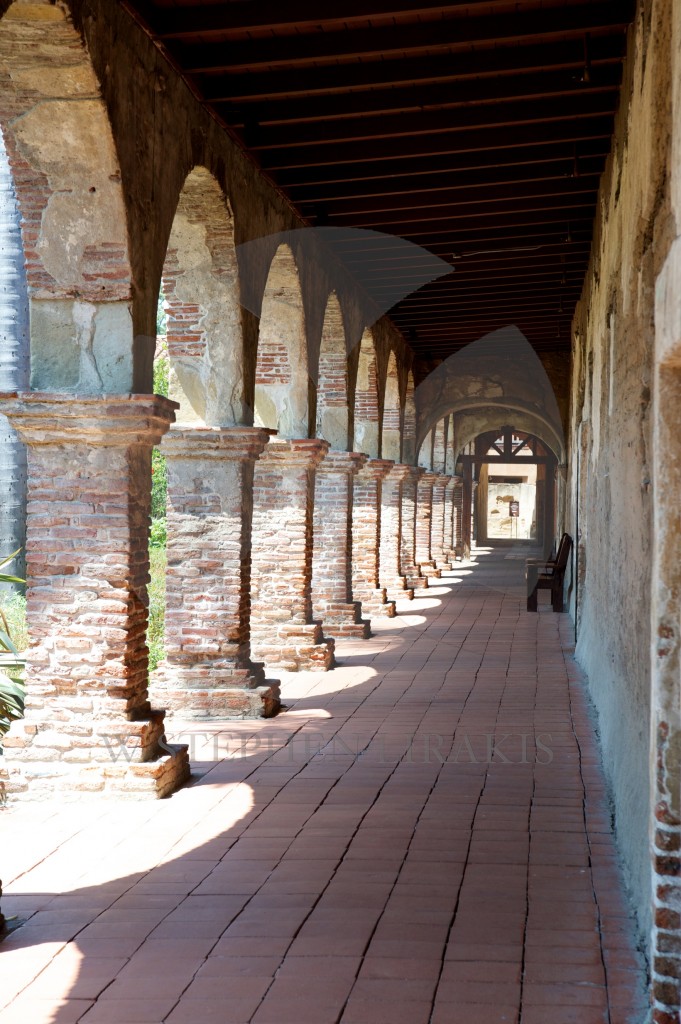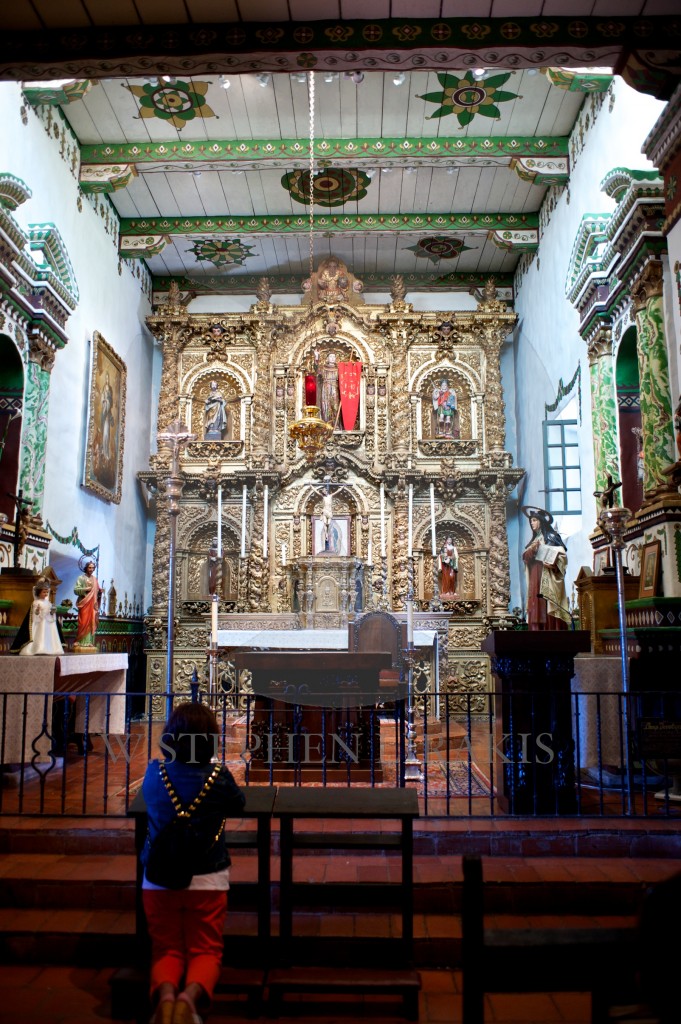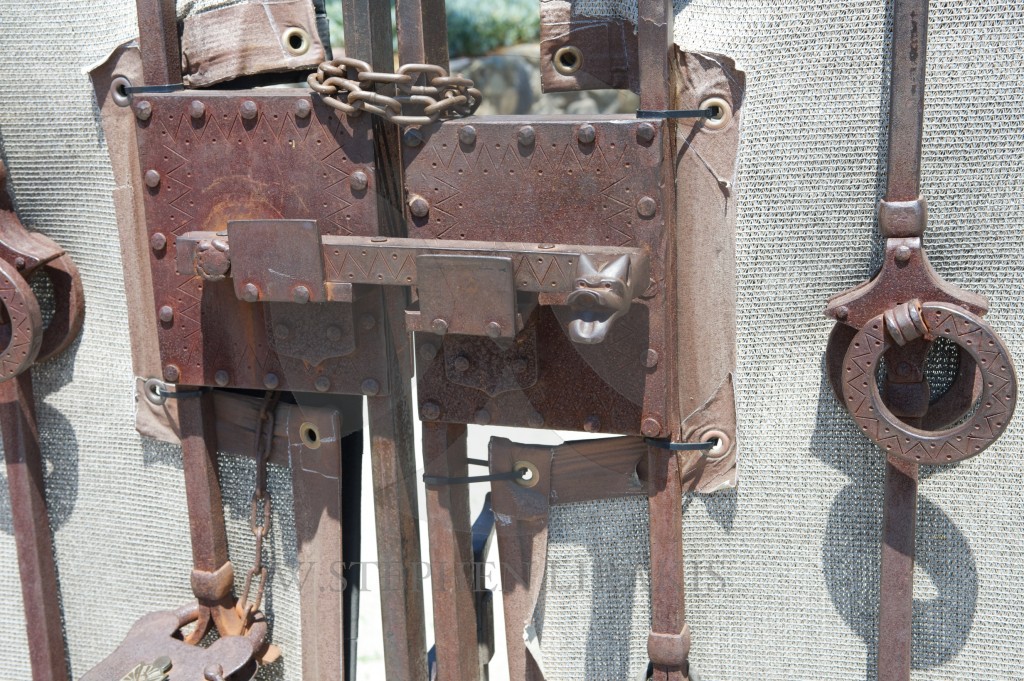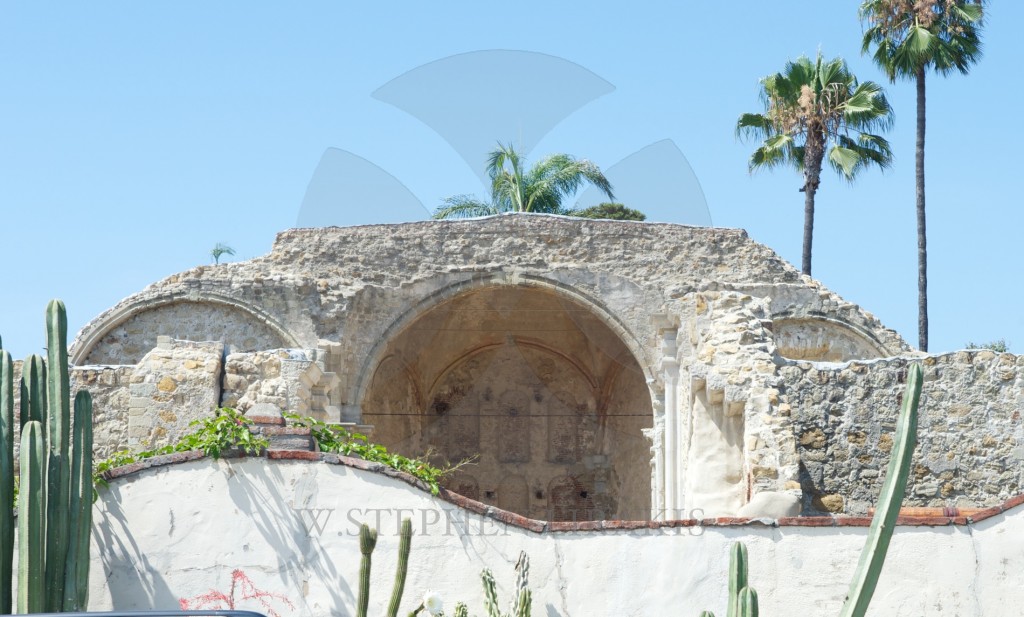Turbulent Journey for America’s Cup

America’s Cup organizers said there would be 15 teams and $1.4 billion in economic activity in San Francisco. But teams have dropped out, and economic forecasts have fallen.
By JOHN BRANCH and MALIA WOLLAN
Published: July 26, 2013
SAN FRANCISCO — The race was scheduled to begin at 12:15 p.m., and fans were expected to pour into the well-manicured America’s Cup Park and line themselves all around the waterfront of San Francisco Bay to watch. Years of planning, promise and promotion were built toward what organizers called “America’s Cup Summer of Racing.”
Noah Berger/Agence France-Presse — Getty Images
Of the 11 races in July, eight featured one boat, and three had two. Emirates Team New Zealand defeated Italy’s Luna Rossa in three races.
But this race, like most of the others so far, featured one boat, albeit an impressively majestic and fast one, sailing back and forth across the water. Even the competitors found it a bit laughable — the world’s most prestigious sailing race reduced to a glorified scrimmage.
“Halfway through race 1,” Emirates Team New Zealandposted on Twitter during the event’s first race, on July 7. “No surprises to be leading in a race with ourselves.”
Others were more critical. The San Francisco Chroniclecalled it “perhaps the worst nautical launch since the Titanic set off across the North Atlantic.”
In its first month, the America’s Cup, returning to the United States for the first time since 1995, has been viewed as a flotsam of broken promises and undelivered spectacle, stained by the May death of a sailor.
Little has gone as planned. Initial hopes were that 15 teams would compete with 72-foot catamarans, but there are only four. Oracle Team USA, the defending champion owned by the billionaire Larry Ellison, has a free pass to September’s finals. Another team, Sweden’sArtemis Racing, returned to the water this week for the first time since its boat capsized on May 9, killing the sailor Andrew Simpson. Artemis hopes to begin racing in August, joining what is formally called the Louis Vuitton Cup to determine which challenger will meet Oracle Team USA in September.
An exciting, vigorous competition was expected by now. Instead, teams are sniping, sponsors are groaning, people are suing, city officials are worrying and fans are not sure what to make of the entire enterprise.
Organizers are asking for patience.
“We’ve had lots of issues thrown at us over the course of the last three years,” Stephen Barclay, chief executive of America’s Cup Event Authority, said in an interview Thursday. “It’s been difficult for us to sell a promise or sell a vision. But now, in the last week or so, couple of weeks, we’ve been starting to see the reality. And it’s far easier to sell a reality.”
Before this weekend, there have been 11 races, eight of which had one boat and three featured two boats. Emirates Team New Zealand has handily won all three over Italy’sLuna Rossa, once despite a sail clip coming undone in the middle of the race, which stands as the most exciting moment of competition so far. Two races are scheduled this weekend.
In the end, organizers believe, the headlines will be different.
“Coolest venue, ever,” Tom Ehman, director of external affairs for the America’s Cup, predicted for the event’s ultimate legacy. “Reliable wind. Iconically beautiful. Closest match ever.”
Criticism Rolls In
So far, however, criticism has come like a surging tide, and race officials are doing all they can to corral the unflattering reviews. Last week, a blog and newsletter called Scuttlebutt Sailing News, widely read in sailing circles, published an online article that was critical of officials and their handling of a lawsuit aimed at the host Golden Gate Yacht Club.
The lawsuit involves an African-American sailing syndicate, which said that its rejected application to compete against Oracle Team USA for the right to represent the United States was not reviewed in good faith in 2011. A New York appellate court gave the once-dismissed suit life a few weeks ago, and now the group hopes for an injunction to delay the September finals. A court hearing is scheduled for Aug. 23.
Ehman fired back. In e-mail exchanges with the Scuttlebutt editor and publisher Craig Leweck, exchanges that Ehman also sent to others and were obtained by The New York Times, Ehman pressured Leweck to remove the post about the lawsuit. “Responsible journos” who have looked into the lawsuit, Ehman wrote, have “long since dismissed it as an attempted shakedown or worse of GGYC/ACEA/LJE” — referring, presumably, to Golden Gate Yacht Club, the America’s Cup Event Authority and Lawrence J. Ellison, the chief executive officer of Oracle Corporation.
“Are you the responsible voice of American sailing like Scuttlebutt used to be, or vying to be the latest and greatest sailing tabloid?” Ehman wrote.
Leweck, who declined to comment for this article, is a one-person operation based in San Diego. He received further pressure to delete the story from his Web site, including phone calls from high-level America’s Cup officials. The e-mails show that, after an adamant stand, Leweck eventually sent a proposed draft of an editor’s note explaining the disappearance of the article to Ehman and several other high-ranking America’s Cup officials. The published version included more remorseful language.
<nyt_text>
“Upon review,” the note to readers said, in part, “Scuttlebutt disavows that article and regrets promoting this legal matter of, at best, dubious merit, and will now focus on the competition of the 34th America’s Cup, which is where our attention should be for this historic event.”
Noah Berger/Agence France-Presse — Getty Images
Max Sirena discussing Luna Rossa’s decision to skip the first day of the Louis Vuitton Cup on July 7. The team was boycotting rule changes.
Ehman did not respond to requests for comment.
Organizers said they believe the return of Artemis will restart the momentum lost since Simpson’s death.
“The world changed for us on May 9,” Barclay said. “That wasn’t in the script.”
The same thing that organizers hope will attract fans — 130-foot sails, speeds close to 50 miles per hour and the threat of disaster, not unlike that in auto racing — threatens to mar the race’s legacy. In a bit of foreshadowing, Oracle Team America had a boat capsize last fall. No one was seriously hurt, but the boat was pulled under the Golden Gate Bridge and had to be rescued before drifting to open sea.
Many sailors, including some still in the race and others who dropped out, have said that the choice of the boat, called the AC72, was misconceived and should not be used again. “Seeing what those boats were capable of, speeds of up to 40 knots, frightened the life out of me,” Keith Mills, a British team owner, told The Telegraph of London after the death of Simpson, who was originally part of Mills’s team that folded in 2011. “The class rules looked like they were dangerous boats to sail. At 40 knots, the control is minimal. Hit a big wave and that is it.”
After Artemis’s accident, there was discussion over canceling July’s races. Instead, the decision was to refund the tickets that some fans had bought and proceed as best as possible.
In lieu of races, much of the focus has been on the scrutiny of safety protocols, bickering over arcane rules, making threats to boycott the races (Luna Rossa snubbed an opening gala and the first race) and — in a grand America’s Cup tradition — calling one another names. Russell Coutts, who won the America’s Cup with his native New Zealand before leading Oracle to a victory in 2010, called the protesting Italians “a bunch of spoiled little rich kids dressed in Prada gear.”
New Rules, More Worries
The America’s Cup, dating to 1851, might be both the oldest and quirkiest trophy competition in international sports. The winner of the trophy gets to set the parameters for the next competition — when, where and what kind of boats. There is no governing body to guide regularity. Each event starts from scratch.
Ellison won in Valencia, Spain, in 2010, on his third attempt, after a protracted court battle turned the event into a two-boat competition. He proposed bringing the next competition to the natural amphitheater of San Francisco Bay. Event organizers predicted 15 teams and $1.4 billion in economic activity, including 8,800 new jobs and 2.7 million spectators, according to the Bay Area Council Economic Institute, whose research was commissioned by the America’s Cup Organizing Committee.
“Who the heck needs the Olympics and the Super Bowl when you’ve got the America’s Cup?” said then-Mayor Gavin Newsom at a 2010 event at City Hall where the mayor presented Ellison with a key to the city.
But many teams that were expected to compete stayed away, leery of Ellison’s rules and the cost — an estimated $100 million to field a boat and a full staff of designers, builders and sailors. Teams from France and South Korea folded in the past year or so like poker players unwilling to keep up with the ante. Economic forecasts generally fell by a third, to a $900 million boost and 6,000 jobs. Worries escalated that taxpayers would be left to clean up a billionaire’s party.
The city will spend roughly $22 million for upgrades and services like police, but event organizers have said they will reimburse those costs through fund-raising and have so far collected $15 million. Barclay said Thursday that he was certain that the city would be left with no bills to pay.
Still, by signing the contract to host the America’s Cup, politicians were “bamboozled by a billionaire,” said Aaron Peskin, a former member of the city’s board of supervisors and former chairman of the city’s Democratic Party, adding that event organizers made “outlandish promises.”
But subsequent changes to the contract took back many perks.
“This could have been much worse for San Francisco,” Peskin said. “At this point it’s just a stupid business decision.”
Perhaps feelings will be different in two months. On Tuesday, Emirates Team New Zealand and Luna Rossa had a midday race. A crowd assembled at the America’s Cup Park, a temporary theme park of a village that includes shops, bars and an outdoor concert venue.
Most fans could not be sure what they were watching, as the boats sailed out of view around the bend toward the Golden Gate Bridge. But then the boat from New Zealand reappeared, passed Alcatraz, turned hard past a buoy and sailed toward the spectators.
For about 30 seconds, several hundred fans crowded against the water’s edge, cameras held high to capture the winning catamaran as it passed so close that people could make out the faces of the sailors. All eyes were on the boats. No one was looking back.



